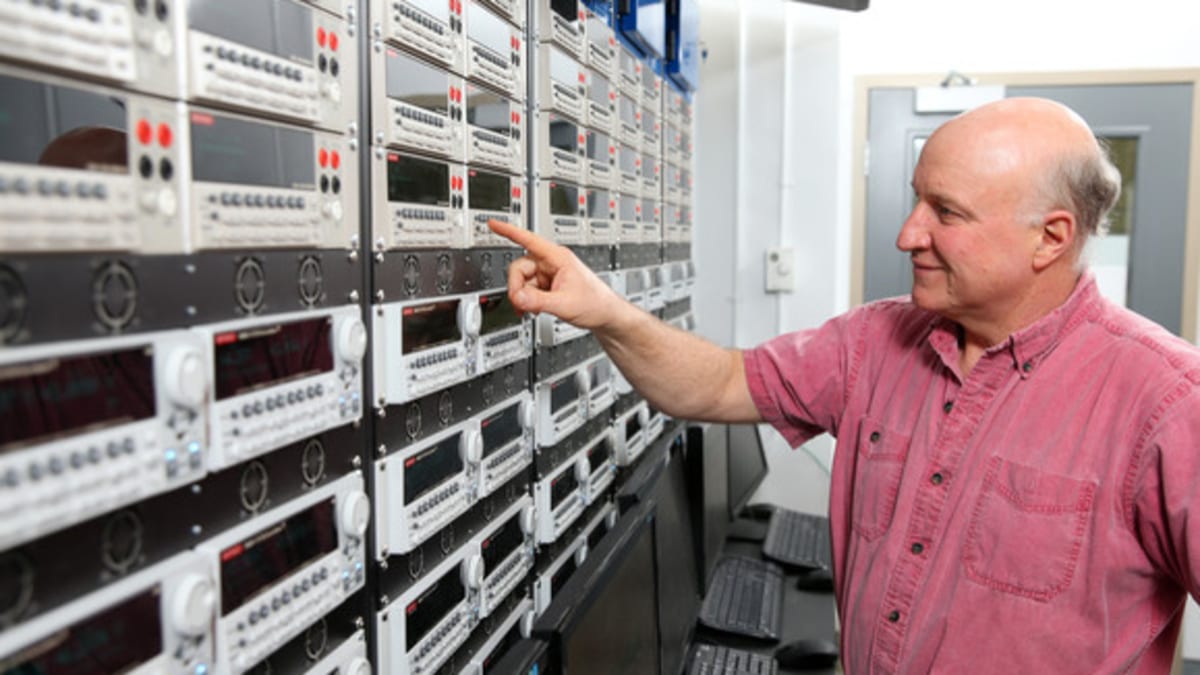Knowing the Real World Driving Range of Your Tesla — No More ‘Range Anxiety’

After reading and writing about EVs with great interest and watching the evolution of sustainable mobility for years, I’m excited about joining the revolution. I finally took the delivery of my new 2023 Tesla Model Y, Long Range, Seven Seater this March. This latest technology marvel has a dual motor and a usable battery capacity of 75 kWh, with an EPA range of 326 miles.
Based on the driving conditions and usable battery capacity, the estimated real world range of my Tesla, without trigging any serious range anxiety, is about 175 to 200 miles (280 to 320 kms). My highway driving dynamics reveal that I must start heading towards a charger at about every 150 miles (240 kms), allowing enough time to precondition my battery pack.
After reading and writing about EVs with great interest and watching the evolution of sustainable mobility for years, I’m excited about joining the revolution. I finally took the delivery of my new 2023 Tesla Model Y, Long Range, Seven Seater this March. This latest technology marvel has a dual motor and a usable battery capacity of 75 kWh, with an EPA range of 326 miles.
Based on the driving conditions and usable battery capacity, the estimated real world range of my Tesla, without trigging any serious range anxiety, is about 175 to 200 miles (280 to 320 kms). My highway driving dynamics reveal that I must start heading towards a charger at about every 150 miles (240 kms), allowing enough time to precondition my battery pack.
Last edited by a moderator:



